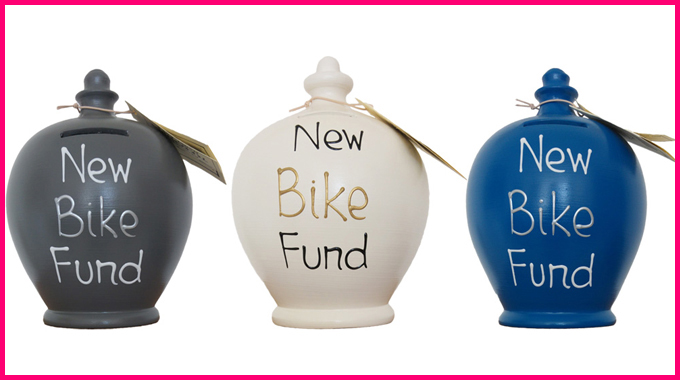We’ve known for some time that there’s a lot of proof in the pudding when it comes to eating insects. Distant cultures have long embraced their wiggly little friends to now consider them a vital link in their balanced diet. So why should you consider chowing down on some creepy crawlies?
Ok, we don’t expect you to head into the garden and rummage around for woodlice and worms. Insect nutrition comes in a variety of subtle and more discreet forms nowadays which helps get you over the initial ‘eww’ factor.

There are over 1,900 edible bugs in the world and certain species are only good for consumption at different stages of their life cycle. Here’s a few reasons why eating insects should be given another thought.
- LARVA
- Bees, Wasps and Ants
- Caterpillars
- Beetles
- PUPA
- Bees, Wasps and Ants
- Beetles
- ADULT
- Grasshoppers, Locusts, and Crickets
- Termites
- Cicadas, Leafhoppers, Planthoppers, Scale Insects and True Bugs
- Beetles
Rich in protein
Protein is a vital building block in training. It helps feed, refuel and replenish our muscles so they can grow healthy and strong. While many of us turn to protein supplements, meat and foods like eggs for our fix, insects are packed full of essential protein in a higher concentrate.
Protein: Are you doing it right?
For example, caterpillars contain 280g of protein per 1 kg. That’s 20g more than salmon, 30g more than pork, and 263g more than tofu.
Feed
It requires a whole lot less feed to cultivate insects than it does to produce the same amount of beef, pork or chicken. Insects are cold-blooded animals, so they don’t require as much energy to keep them warm, and insect feed is far cheaper to produce too.
For example, it takes 10kg to produce 1kg of beef, only half of which can actually be eaten. On the other hand, 10kg of feed will produce 9kg of insects of which over 95% can be eaten!









